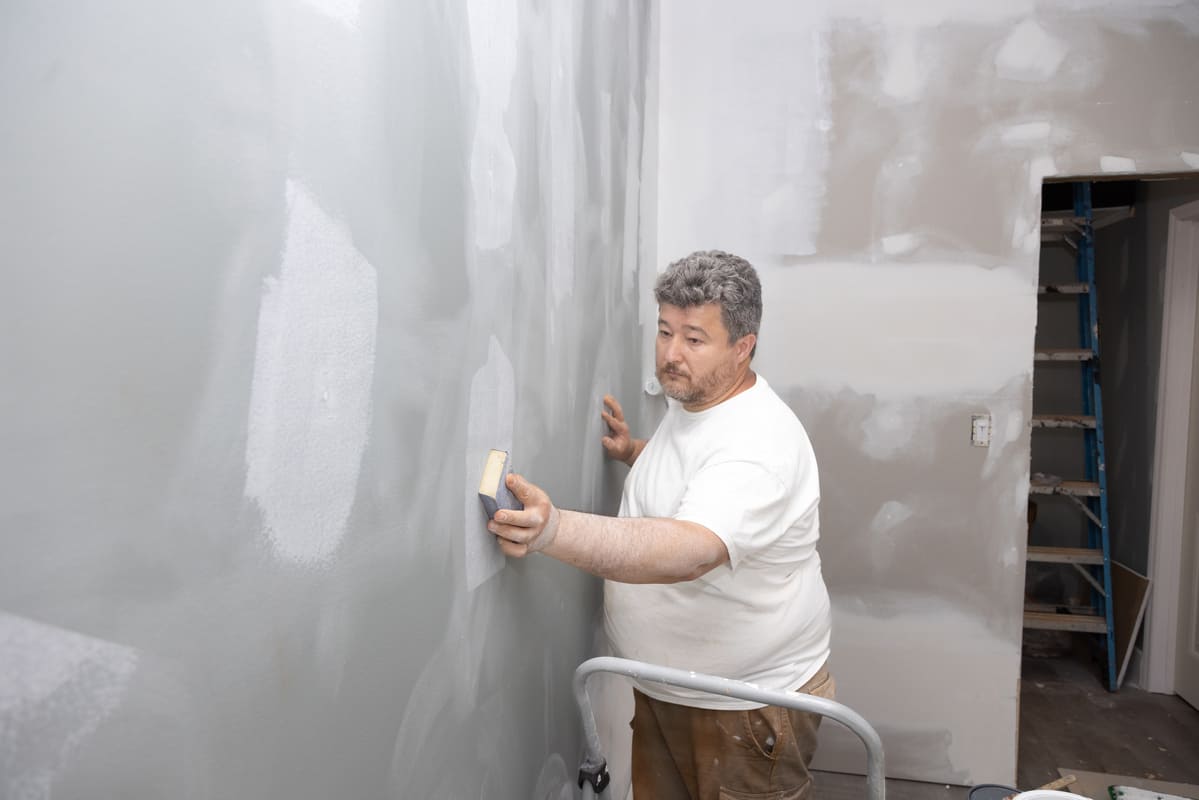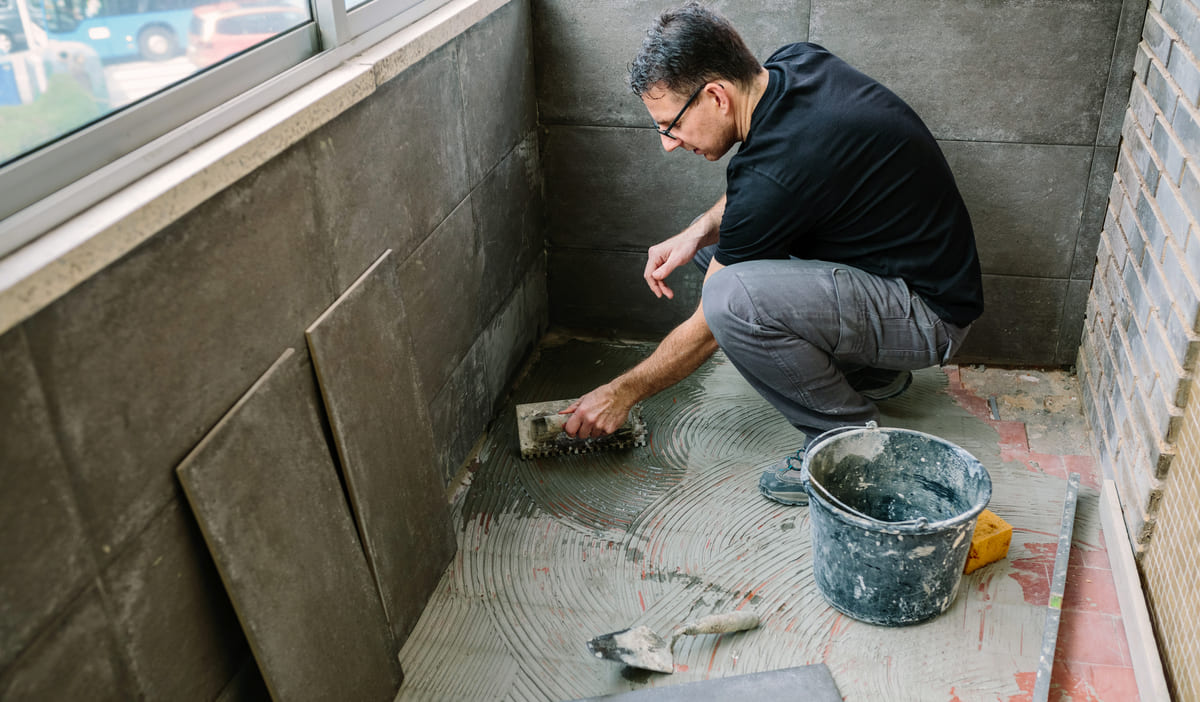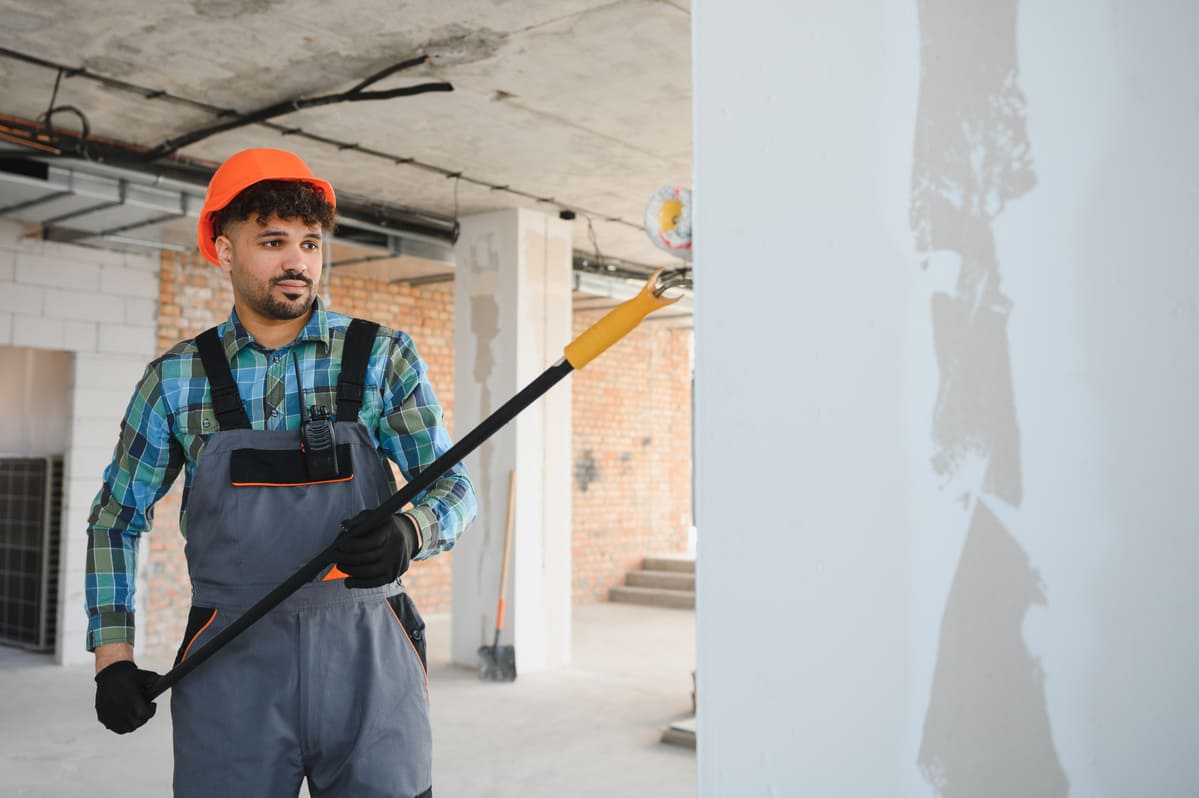The Different Types of Damp Proofing Systems

Dry rot is one of the most damaging issues a homeowner can face when it comes to timber decay. It’s caused by a specific type of fungus that feeds on moist wood, weakening its structure and compromising the safety of your home. The sooner dry rot is identified, the easier (and cheaper) it is to treat.
What Exactly Is Dry Rot?
Dry rot, scientifically known as Serpula lacrymans, is a wood-destroying fungus that thrives in damp, dark environments. Contrary to its name, it needs moisture to grow. Once established, it spreads rapidly through wood, plaster, and even masonry by releasing spores.
Early Warning Signs You Shouldn’t Ignore
Dry rot often starts out of sight, but there are a number of warning signs that can alert you to its presence. Here’s what to look out for:
- Musty or Mushroom-like Smell: A damp, earthy odour is often the first sign. If your home smells like a woodland floor after rain, especially in unused areas, check for hidden rot.
- Timber Appears Dark or Sunken: Wood that has become darker, cracked, or sunken in appearance may be affected. Press it—if it crumbles easily, that’s a major red flag.
- White or Grey Fuzz on Timber: This is the mycelium, the fungus’s root-like structure. It looks like cotton wool or cobwebs and can spread across bricks and plaster as well.
- Rust-Coloured Spore Dust: This orange or reddish powder often appears near the fruiting body and indicates that the fungus is mature and spreading.
- Mushroom-Like Growths (Fruiting Bodies): These are the fungus’s reproductive structures. They look like thick, fleshy mushrooms and often appear on walls, skirting boards, or under floorboards.
- Paint That Bubbles or Cracks: If paint starts to peel or blister without any obvious water damage, it could be dry rot underneath.
- Floorboards or Skirting Boards Move or Sound Hollow: If wood sounds hollow when tapped or feels loose underfoot, dry rot may be eating away underneath.
- Damage Spreading Beyond Timber: Unlike wet rot, dry rot can travel through plaster, masonry, and brickwork. This allows it to move from one timber source to another, hidden behind walls or ceilings.
Where Does Dry Rot Commonly Occur?
- Behind skirting boards or wall panelling
- Under floorboards and staircases
- In roof timbers and attic spaces
- In basements or cellars with poor ventilation
- Near leaking pipes, roofs, or window frames
Why It’s Important to Act Quickly
Dry rot won’t go away on its own. Left untreated, it can cause significant structural damage and pose a safety risk. In severe cases, entire timber sections may need to be replaced.
The longer you wait, the more costly and invasive the treatment can become. That’s why early detection and professional intervention are crucial.
What To Do If You Suspect Dry Rot
If you’ve noticed any of the signs above, don’t ignore them. It’s always best to get a professional damp and timber survey done as soon as possible. At Surrey Damp Experts, we offer comprehensive inspections and proven treatment solutions to stop dry rot in its tracks.
Book your free consultation today and protect your property before the damage spreads.




